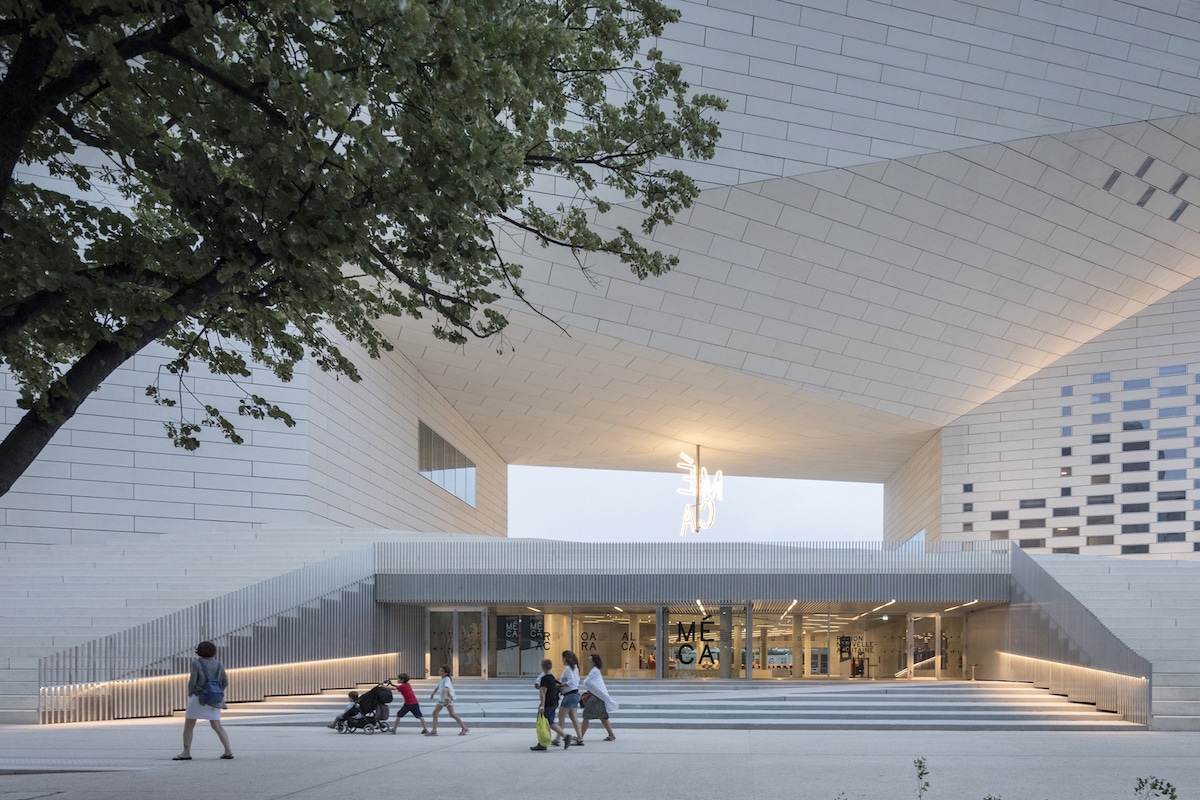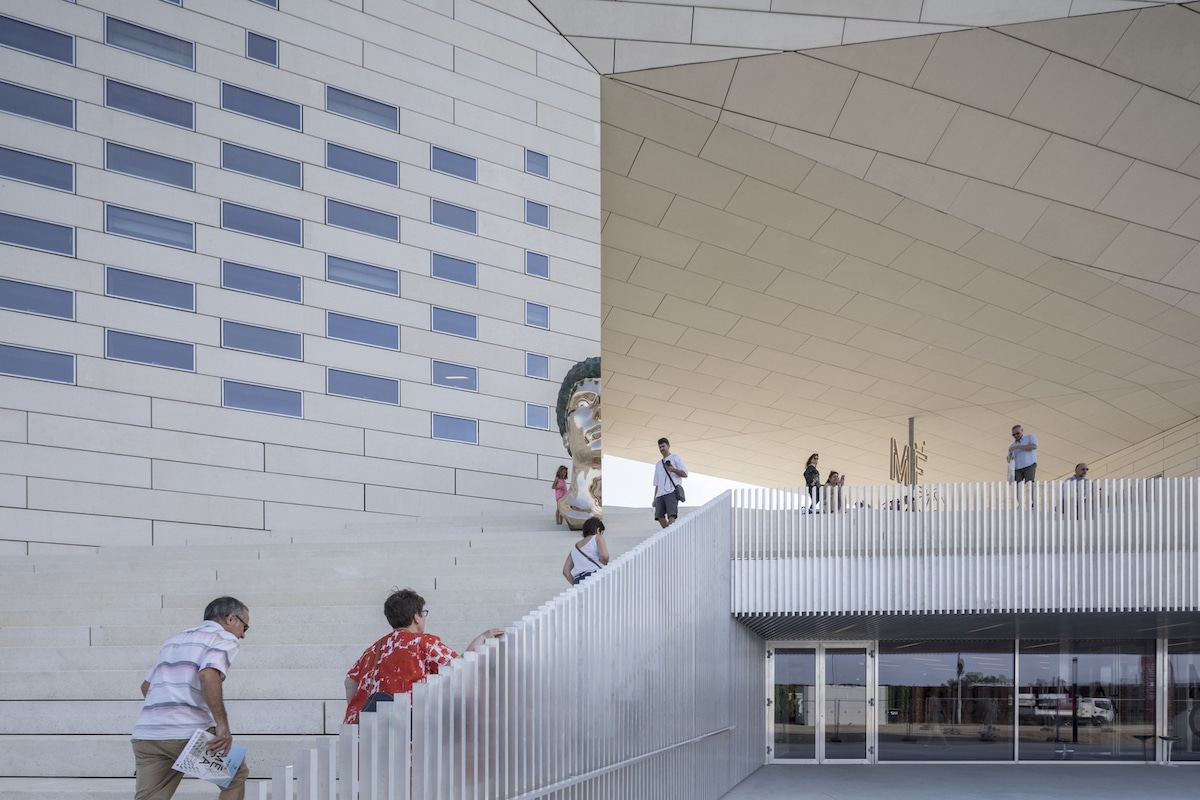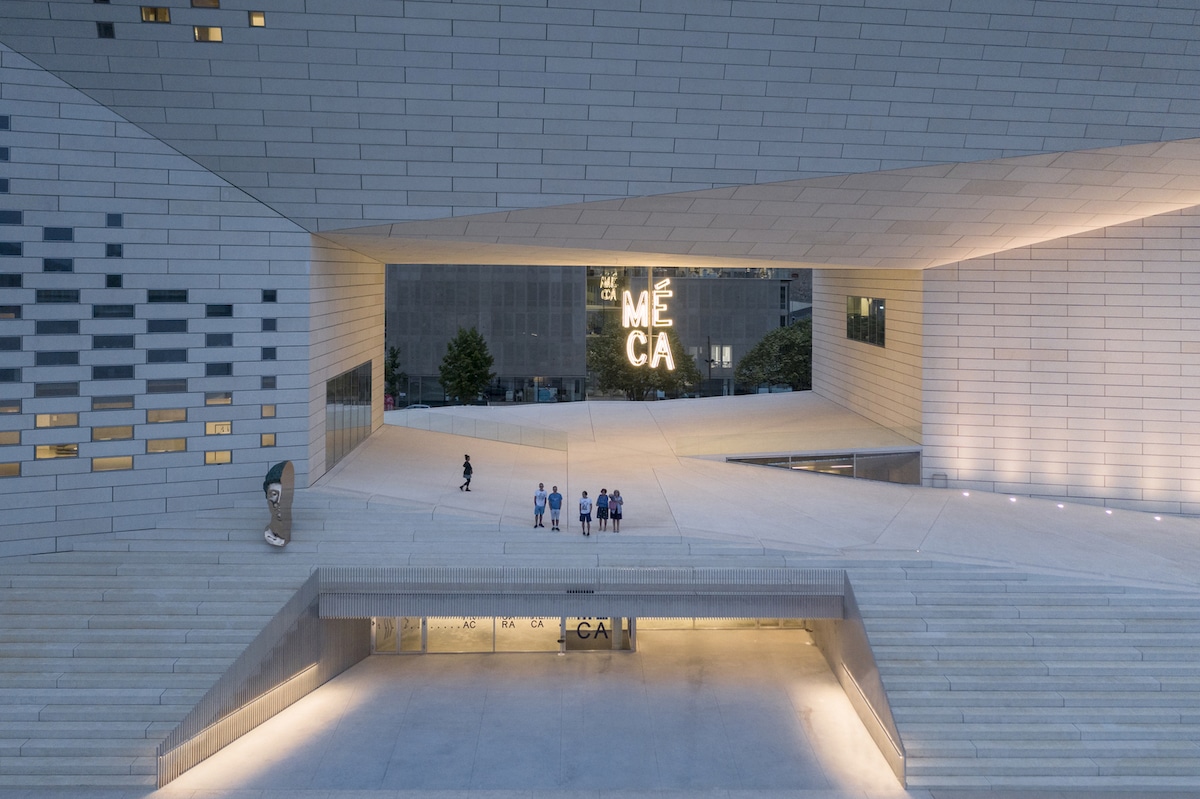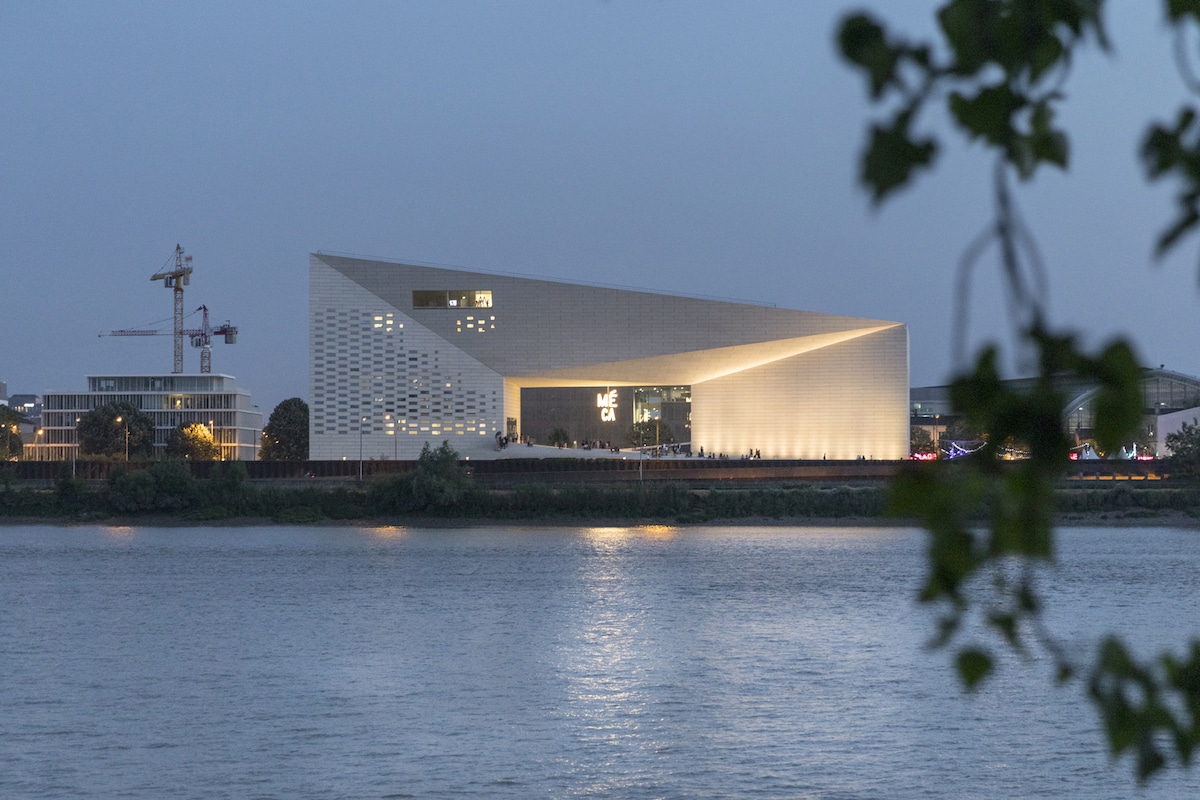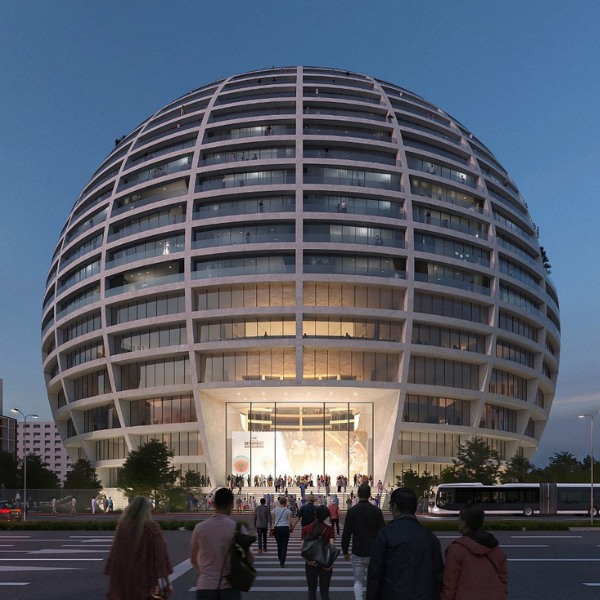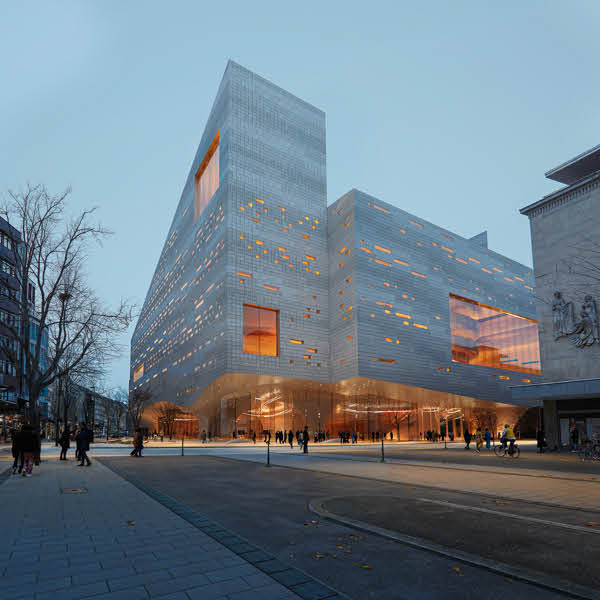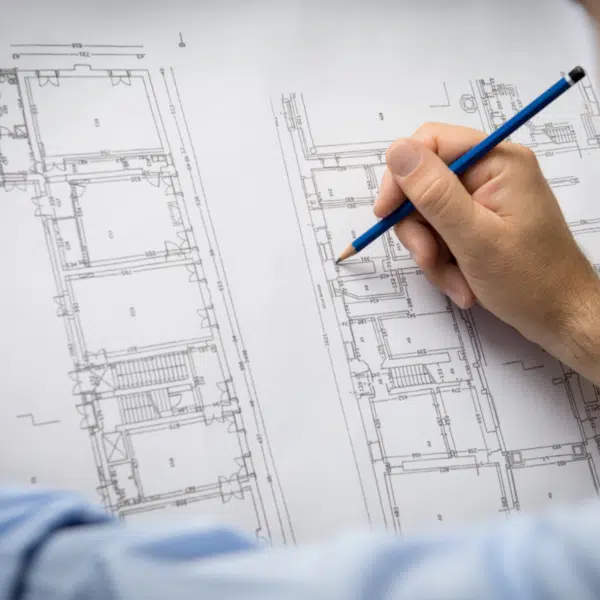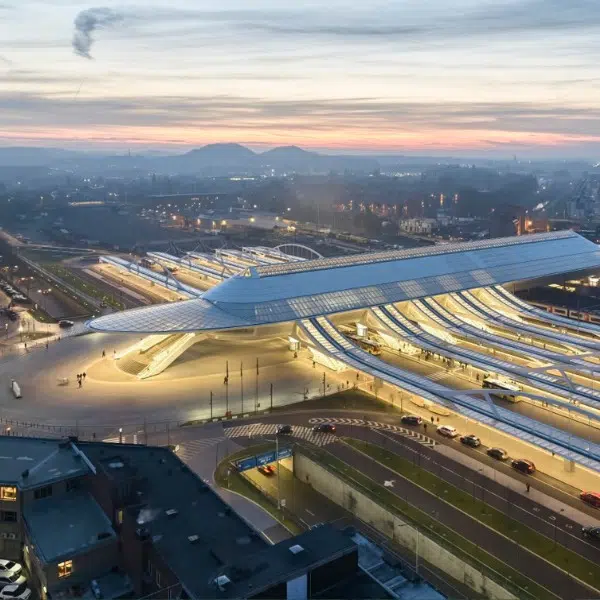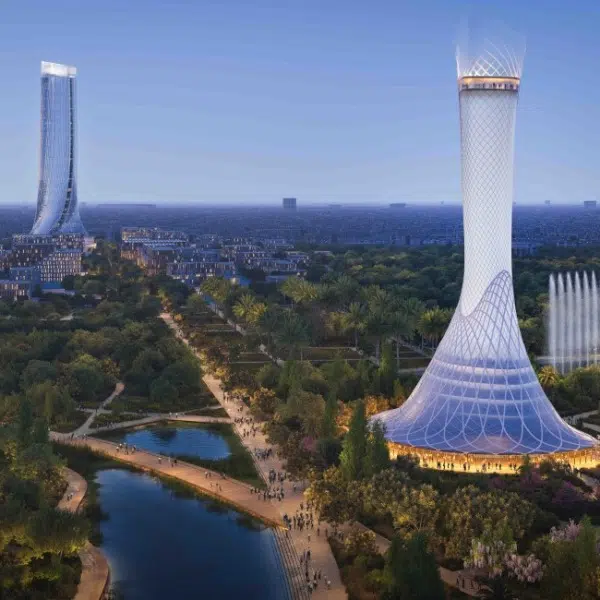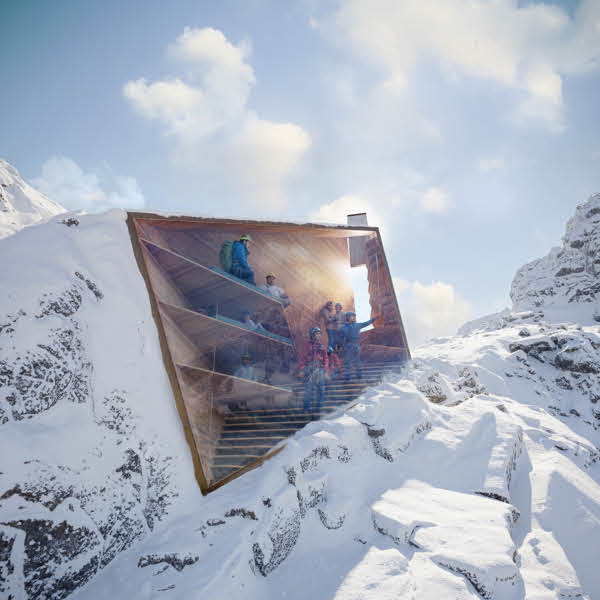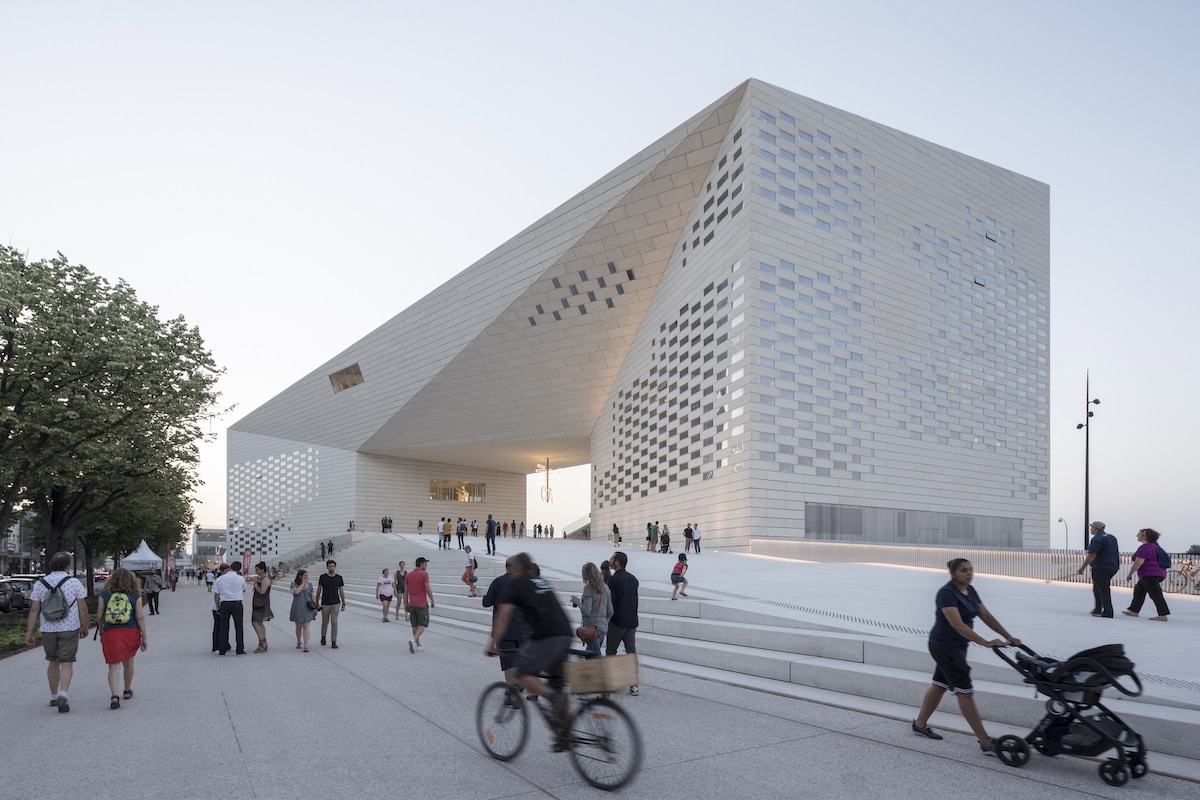
Bordeaux has cemented its status as a top destination in France for art and culture with the opening of MÉCA. Bjarke Ingels Group (BIG) designed this sprawling creative hub that is home to literary, film, performing arts, and contemporary art institutes. The resulting architecture is filled with public and private spaces that allow the citizens of Bordeaux to actively participate in the creative community.
With 18,000 square meters (almost 194,000 square feet) of space, MÉCA does not lack for anything. BIG conceived the building as a single loop of cultural institutions and public space by extending the promenade with a ramp that leads into an “urban room.” As the concrete and glass facade looms overhead, visitors are invited to lounge on the steps or use the open area as a skateboarding paradise.
It's within this context that three important cultural institutes will function—ALCA for books, cinema, and audiovisuals, OARA for performing arts, and Frac Nouvelle-Aquitaine for contemporary art. The project, which was given to BIG in 2012 after a public competition, is a grand space where visitors can take in a show at the 250-seat theater, watch film screenings, enjoy cutting-edge art in spacious galleries, dine in the CREM restaurant, and take in views from the public roof terrace.
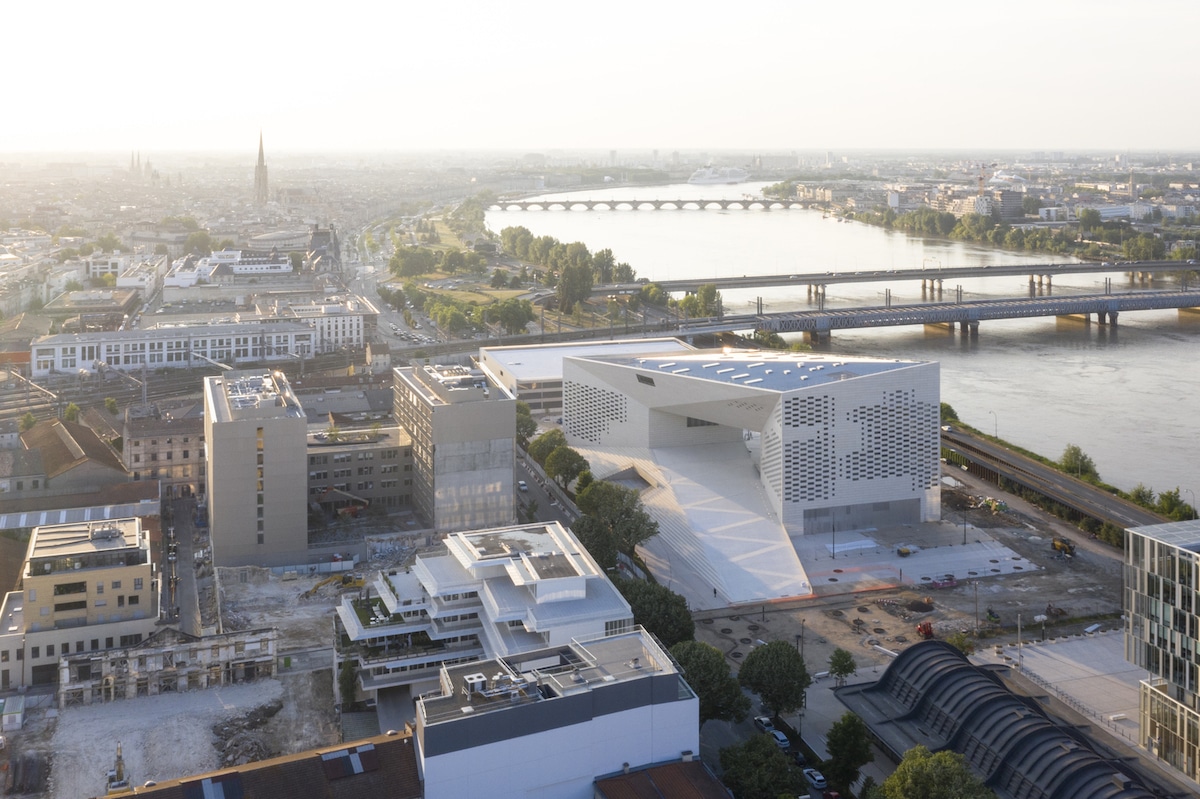
“Mot only does MÉCA spill its activities into the public realm and the urban room, but the public is also invited to walk around, through, above and below the new cultural gateway,” shares Ingels. “By inviting the arts into the city and the city into the arts, MÉCA will provide opportunities for new hybrids of cultural and social life beyond the specific definitions of its constituent parts.”
The 1,100-square-meter (11,840-square-foot) urban room can be transformed into a performance area for concerts and theatrical events, as well as an extended gallery for sculptures and art installations. With the opening of MÉCA, Bordeaux has made an important stand in favor of the arts. Production studios and storage facilities for artists, as well as an adjustable theater that can adapt to performance needs, will certainly bring world-renowned talent to the UNESCO World Heritage city.
“Artists will now have a great stage for creation, at all times of the year, for residencies of three weeks in length,” says Director of OARA Joel Brouch. “Complementary studios will allow for research and experimentation, and the artists in residence will enjoy exceptional conditions. They'll also be paid for their projects.”
MÉCA is a new creative hub in Bordeaux designed by Bjarke Ingels Group.
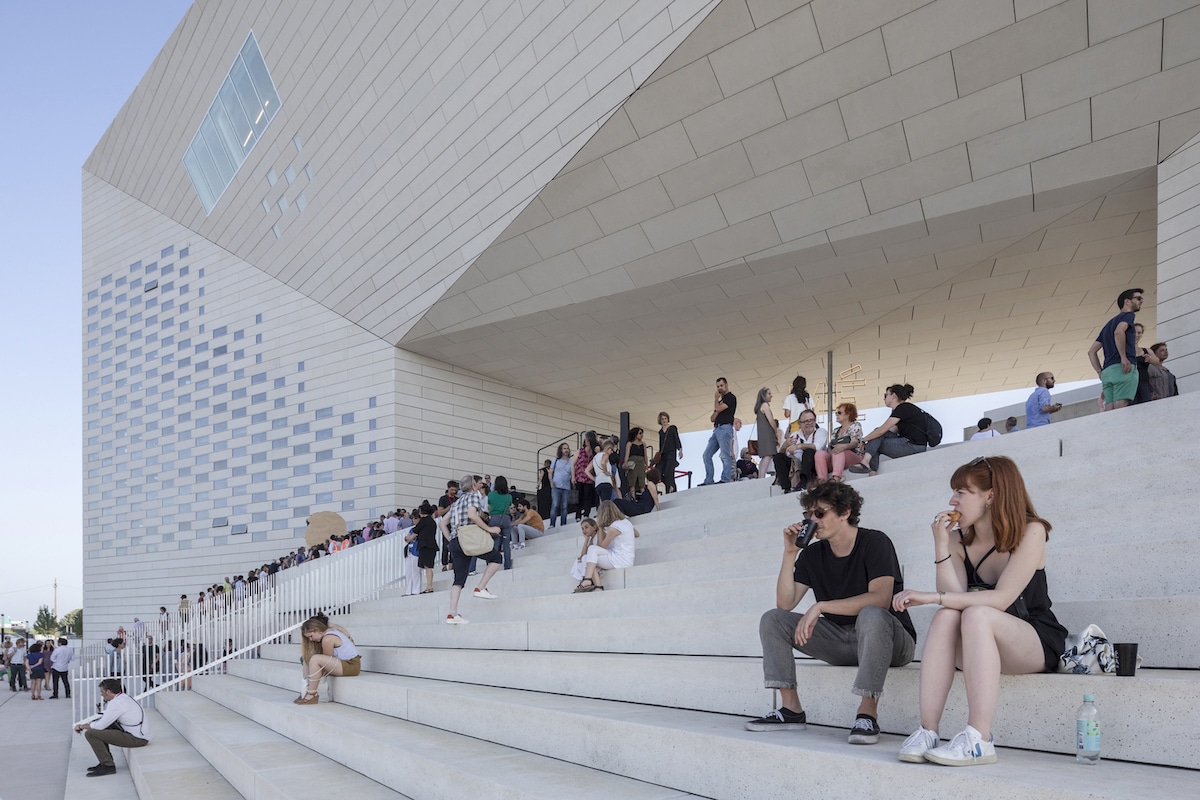
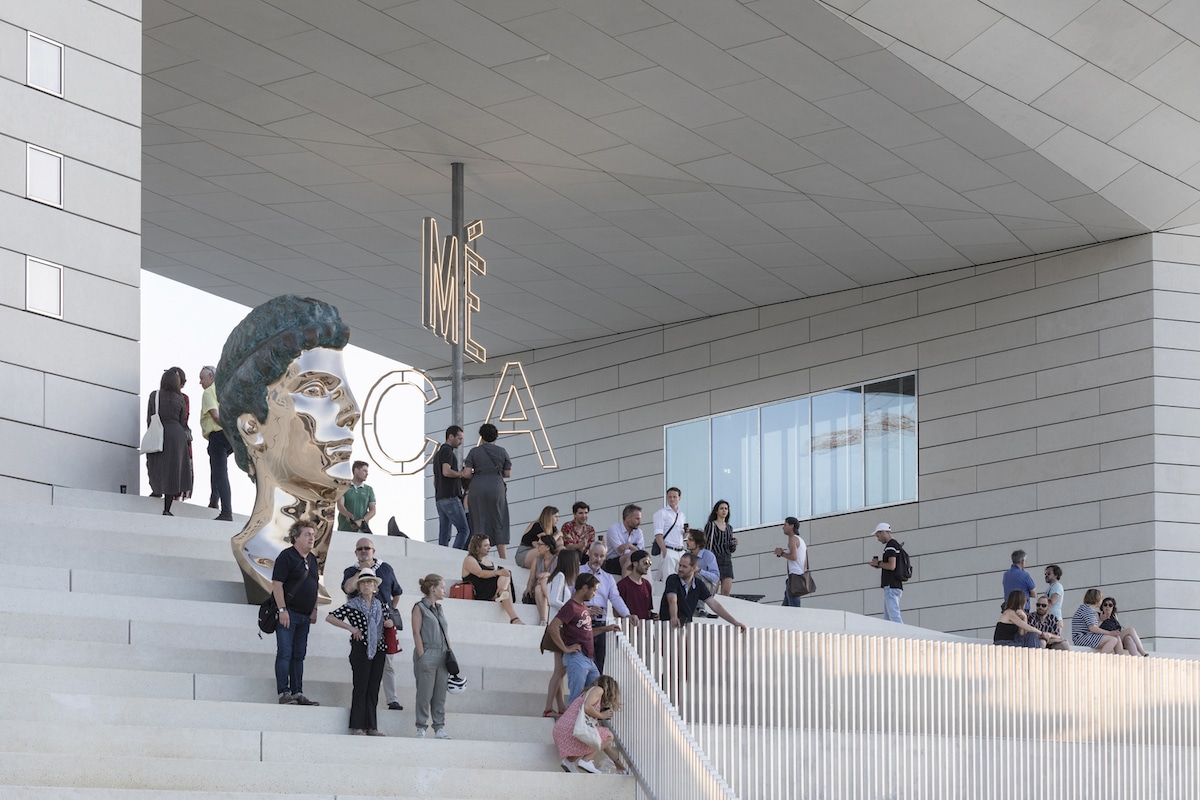
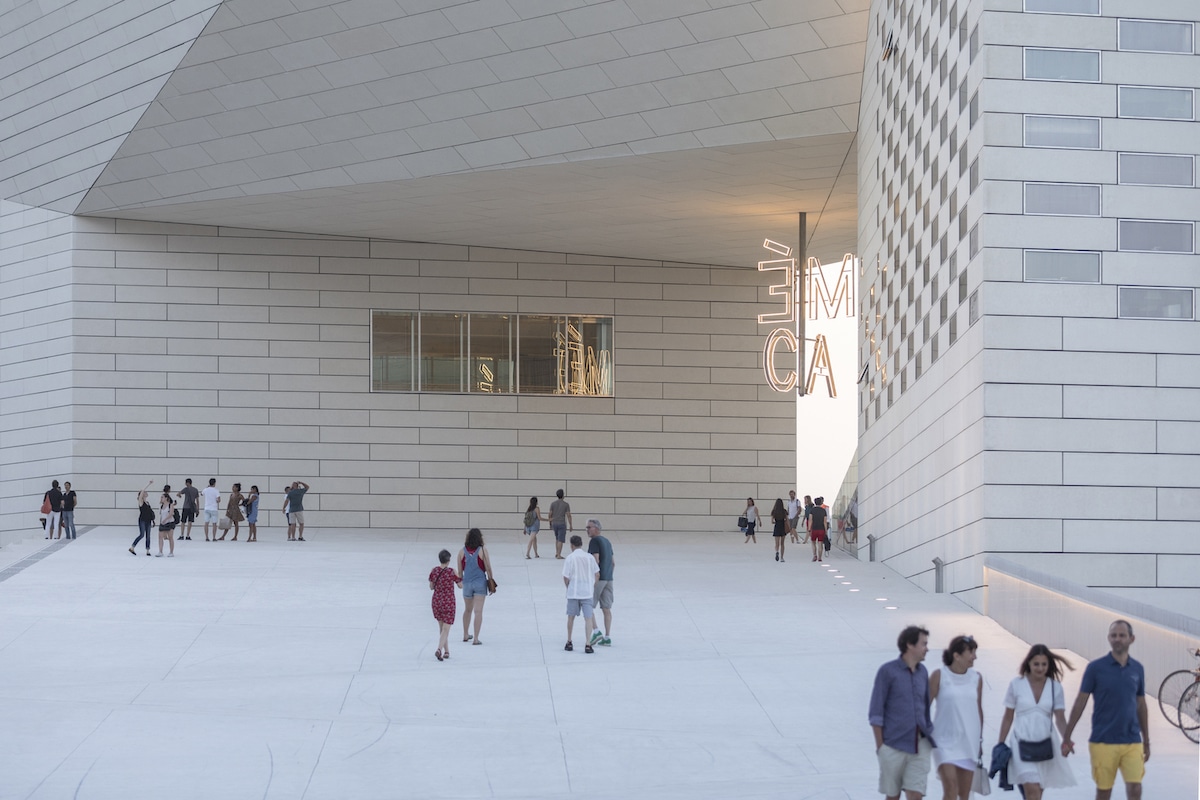
A theater, screening room, spacious galleries, restaurant, artist production studios and much more make MÉCA a hive of contemporary creativity.
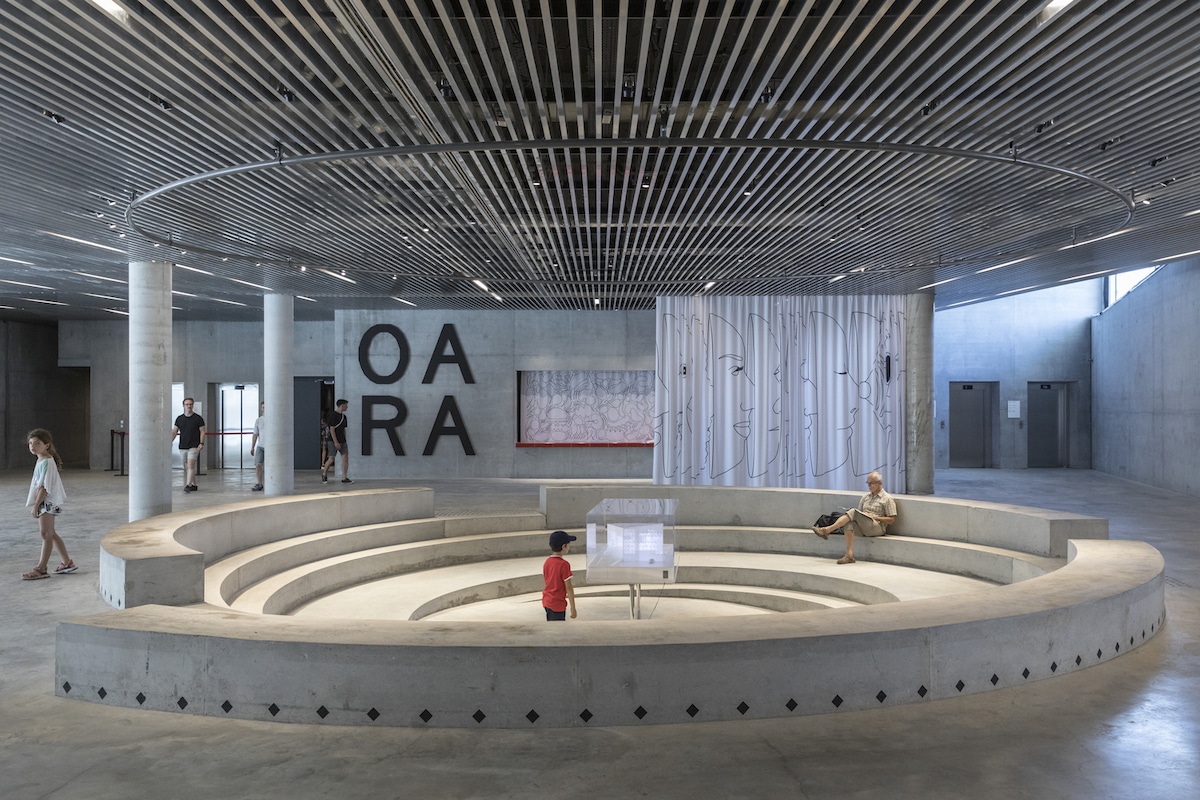
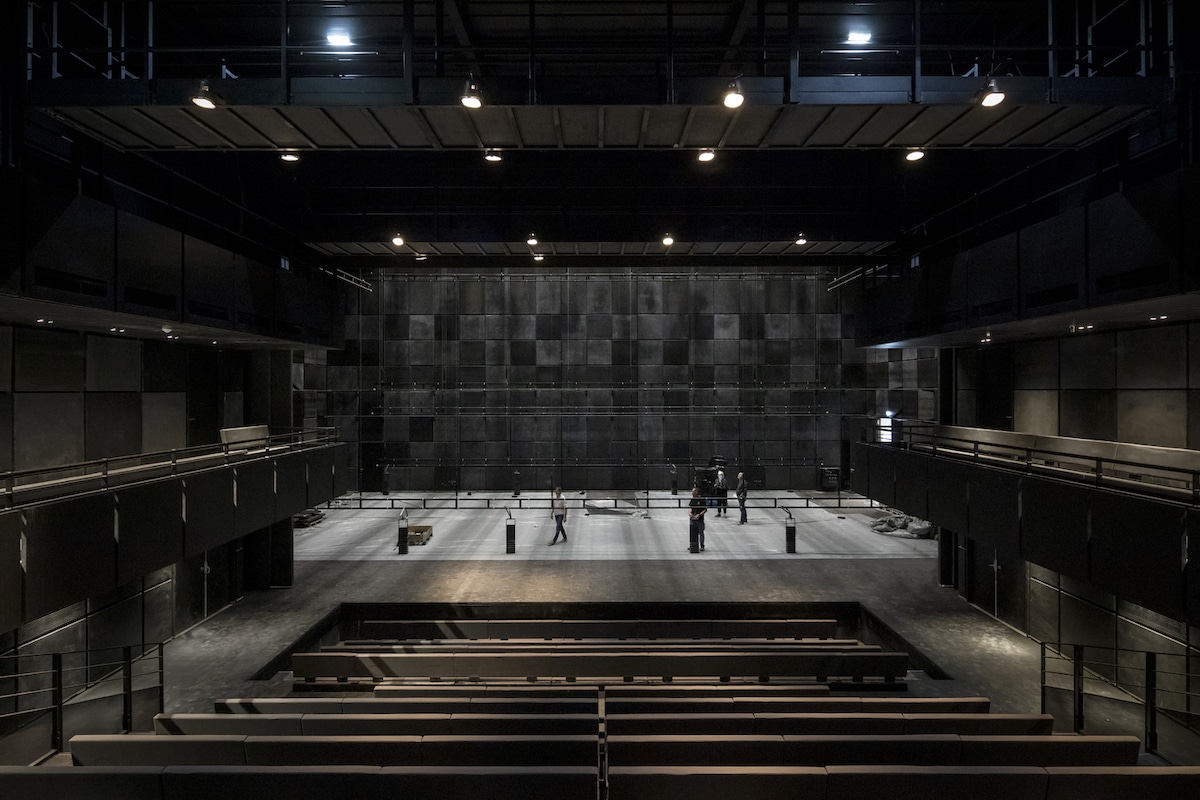
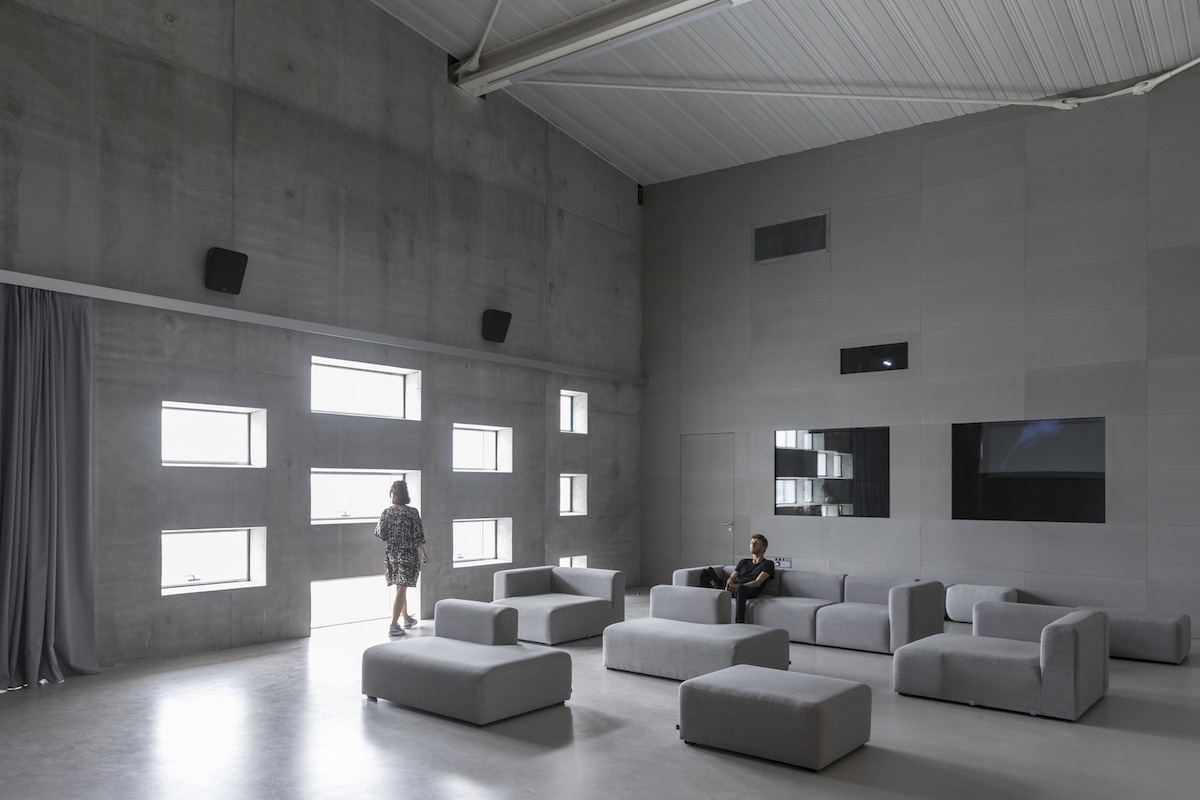
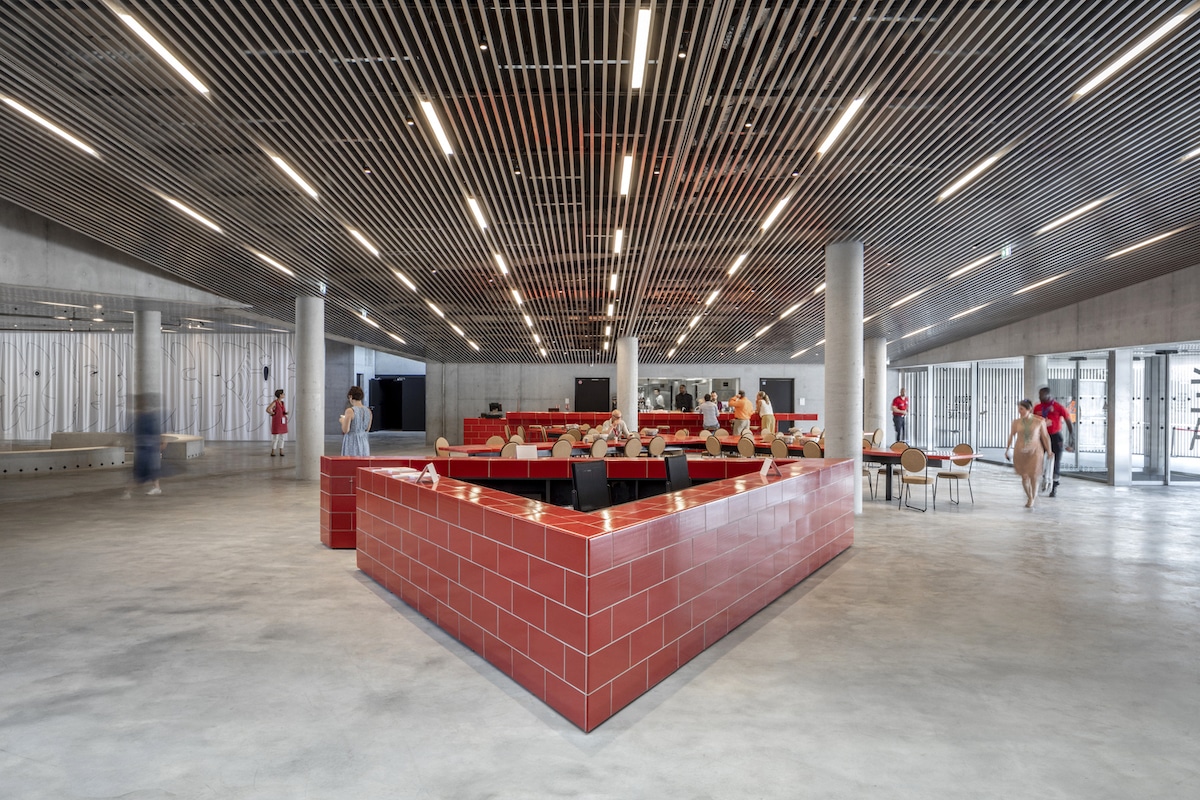
Photo: Florent Michel
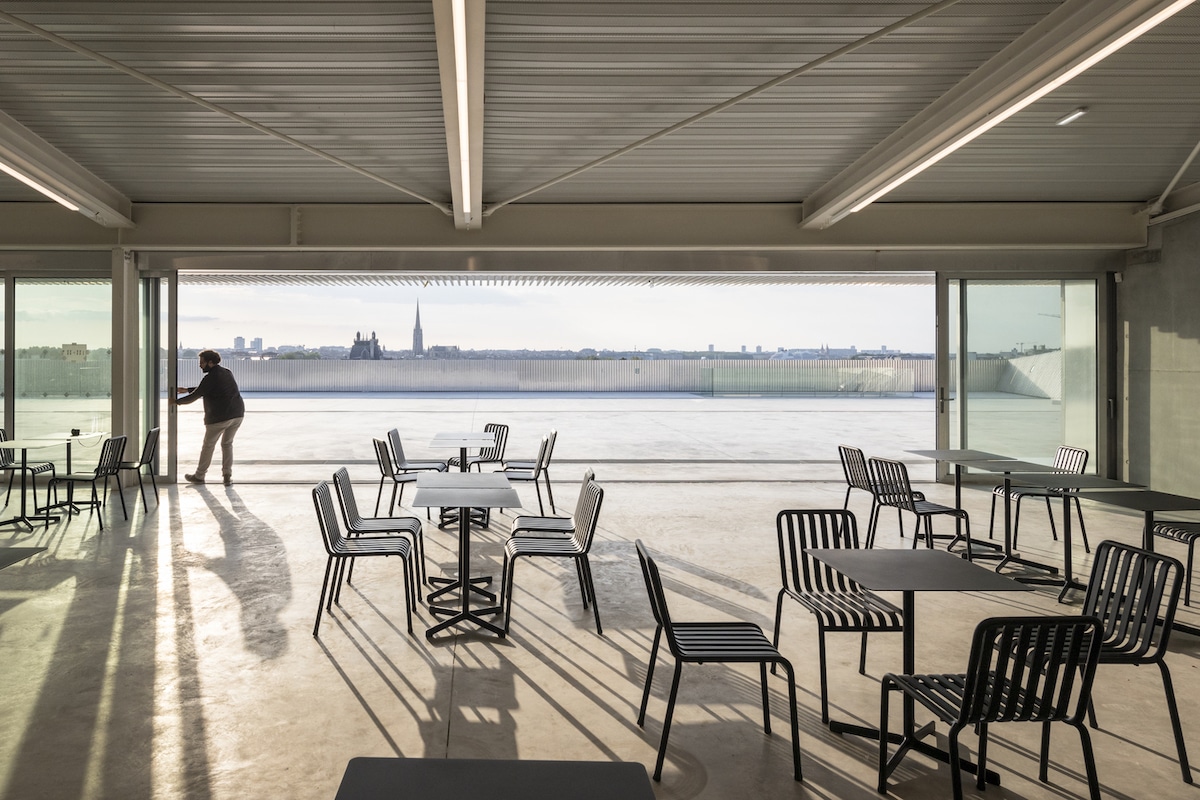
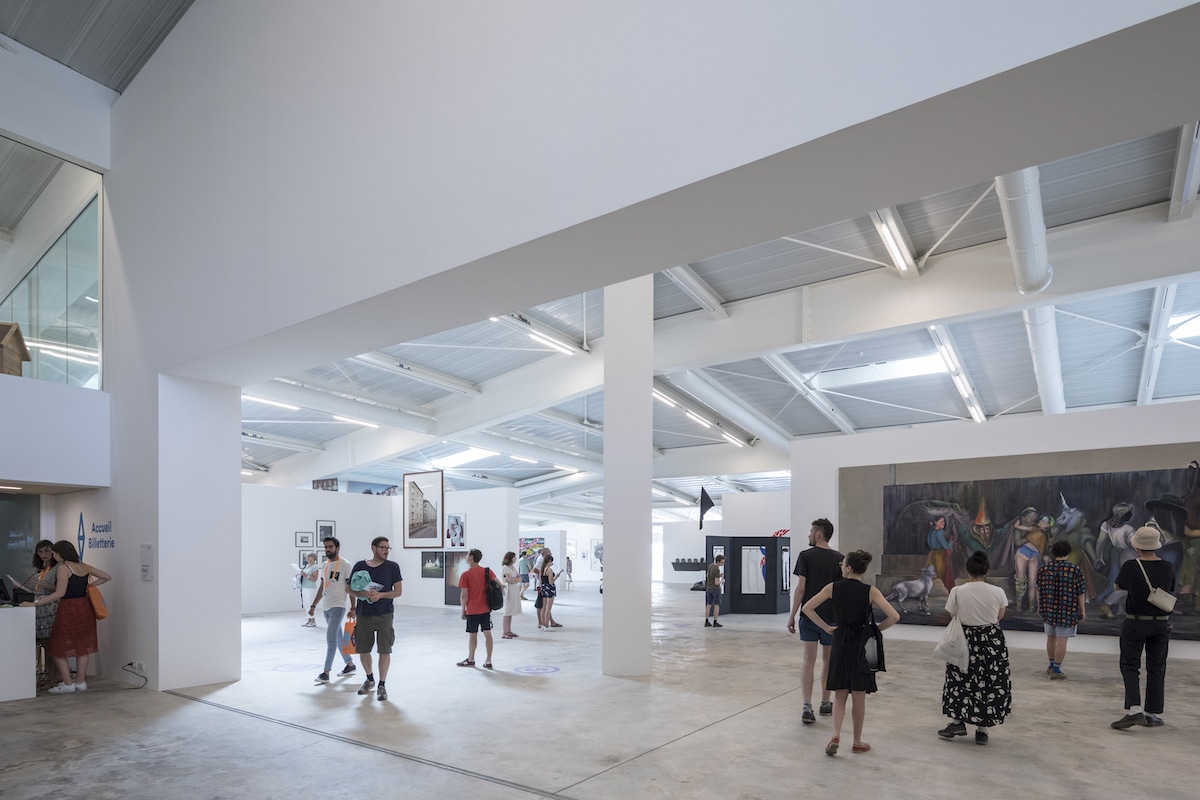
The sprawling “urban room” in front of the building invites the community to participate in the space.
